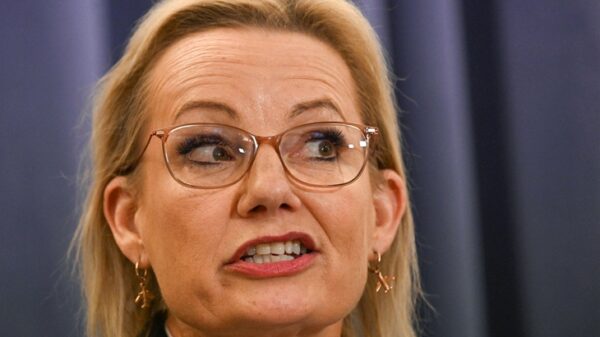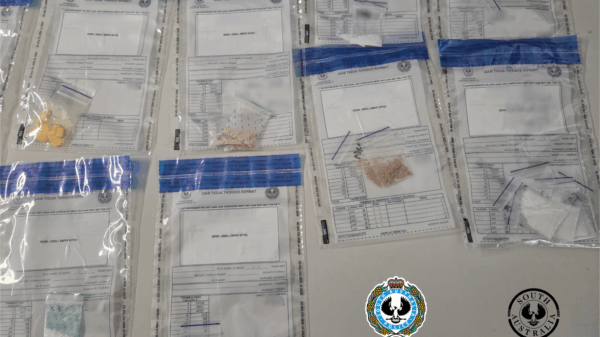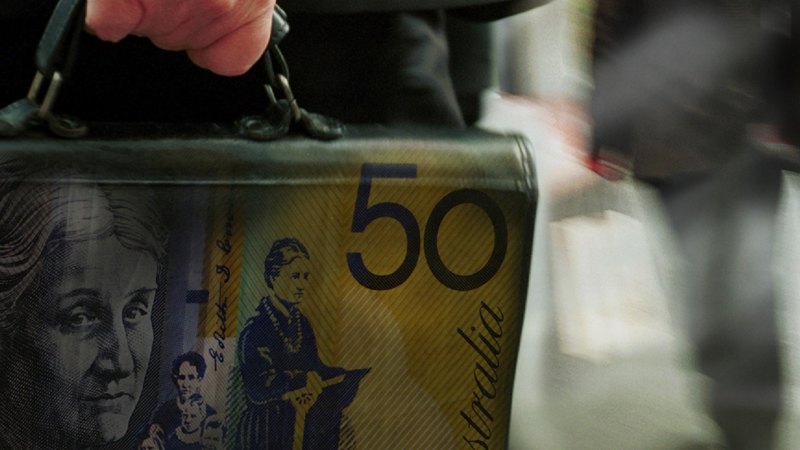URGENT UPDATE: The Compensation Scheme of Last Resort (CSLR) is facing a staggering financial blowout, with costs soaring from $4.8 million in the 2024 financial year to an alarming $75.7 million projected for 2026. CSLR chief executive David Berry has revealed that this figure could nearly double to $137.5 million by the 2027 financial year, raising serious concerns about the scheme’s long-term viability.
The CSLR was established to compensate victims of financial misconduct when responsible parties are unable to pay due to collapse or insolvency. The scheme is funded through a levy on the financial services industry, but the recent surge in claims is prompting urgent discussions among industry regulators and stakeholders.
Berry emphasized that the current forecast does not account for claims arising from the $1 billion collapse of investment products, indicating potential for further financial strain on the CSLR. He stated, “When the scheme was set up, the scale of what we are seeing now was not really considered,” underlining the unforeseen challenges facing the initiative.
Compounding the complexity, the CSLR may need to implement a special levy on the financial services sector to manage these escalating costs. Under a worst-case scenario, the industry could be liable for payouts reaching $880 million to investors affected by the collapsed funds. However, this assumes that all 8,800 victims will successfully lodge claims, which is seen as unlikely. More realistically, the projected cost to the CSLR is estimated at around $370 million based on internal modeling.
The CSLR primarily covers claims against financial advisors rather than the managed investment funds directly, such as Shield and First Guardian. Major players, including Macquarie Group, are already navigating the fallout; the group has notified approximately 3,000 clients impacted by the collapse of Shield.
The Australian Securities and Investments Commission (ASIC) is intensifying its investigations into the mismanagement of investor funds related to these schemes. Recently, ASIC has filed multiple legal actions, including against wealth platform operator Equity Trustees, for allegedly failing to protect consumers from the flawed Shield product. Furthermore, Sequoia, a financial planning firm, faces scrutiny for not stopping significant investments into these retirement products despite internal warnings about potential issues.
In a separate case, SQM Research is being accused of providing a favorable rating to the Shield fund, despite internal concerns regarding its credibility. As investigations deepen, Sequoia plans to defend its position, while SQM is weighing its response.
As industry costs rise, major financial bodies are expressing alarm. However, both the Financial Advice Association Australia and the Financial Services Council have refrained from commenting on the situation. The urgency continues to mount, with federal Financial Services Minister Daniel Mulino reportedly seeking to convene a roundtable discussion before the end of the year to address the future of the CSLR program.
The Federal Treasury has been conducting a review of the CSLR since January, indicating that comprehensive changes may be on the horizon. Berry acknowledged the pressing questions surrounding the scheme’s sustainability but emphasized the real human impact on victims. “We recognize there are legitimate questions, and there are things that could be done,” he said, adding, “That said, there are real victims here… the consequence for individuals, mum and dad investors, has been severe.”
As of now, the CSLR has disbursed $137.5 million, with the bulk being levied on financial advisers, while stockbrokers and lenders face additional costs. The landscape remains tense as all eyes turn to potential reforms and immediate actions to ensure the security of affected investors.
Stay tuned for more updates as this story develops.

































































